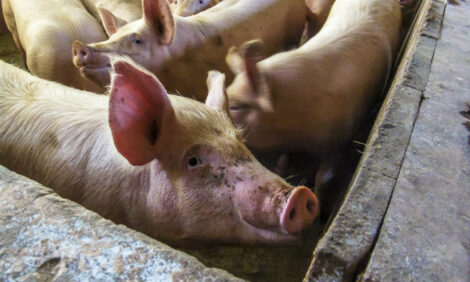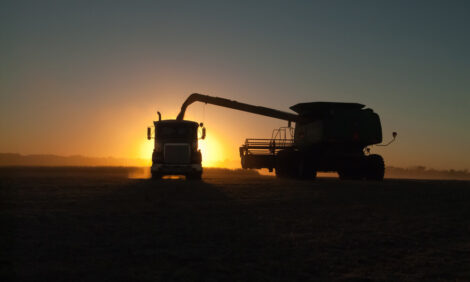



China sets its sights on agricultural technology
New initiatives, farming advances and educational programmes are helping to feed the developing world.That China's population is growing exponentially is not news in global economics. With the number of people approaching 1.4 billion, the big challenge facing the country on a daily basis is the issue of how to feed all of them. China's heavy investment in agriculture technology is enabling the supply and infrastructure to satisfy this demand.
The techniques that have been developed are of interest to developing countries around the world. The fusion of agriculture and technology matters, and China is doing its bit to lead the way.
The use of artificial intelligence is one way that farmers are streamlining operations, increasing efficiency and ensuring sustainability. Earlier this year, Alibaba announced the launch of the ET Agricultural Brain.
The application, backed by Alibaba's enormous cloud computing infrastructure, can digitally produce records of crop yields and regulate production cycles. This has helped to automate the farming process by cutting down on administrative time and boosting the quality and capacity of farming projects.
"The introduction of cloud-based agricultural intelligence is aimed at helping Chinese farmers to increase their crop yields, by, for example, helping them to potentially achieve income of $1,000 (880 euros; £790) for rice per acre of land," said Simon Hu, the president of Alibaba Cloud.
The aim of many of these initiatives is to reduce mass-production costs, and progress is being made in innovation to ensure food security for the country and give farmers greater economic freedom. Lowering the ceiling increases profit, and with AI advancements and collaboration in other areas, this goal is becoming a reality.
According to a report released by the Chinese Academy of Agricultural Sciences, the key technologies, apart from AI, are used in breeding high-quality crop varieties, food processing, automated vehicles, water efficiency, pollution control, waste recycling and ecological restoration and protection.
Over the next few years, the application of these technologies will greatly shape the way the country manufactures food and distributes it to the world's largest population. The country is already well on its way, according to the CAAS report, which said these technological processes contributed to 57.5 percent of China's agricultural growth last year.
More recent breakthroughs by Chinese scientists include high-yield rice varieties and crops that are genetically resistant to certain types of diseases and insects. Further developments in the vaccination field are also significant. For example, vaccinations protecting livestock from the H7N9 bird flu virus have proved effective.
Click here to read the full article at ChinaDaily








